Articles
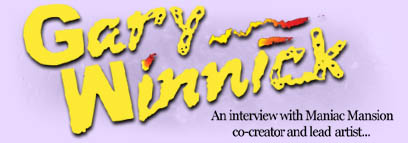
Gary Winnick Interview Page Two
Some of the first games you worked on at LucasFilm Games were Ballblazer and Rescue on Fractalus. What was it like working on these games? Were they different from games that you worked on before at Atari?
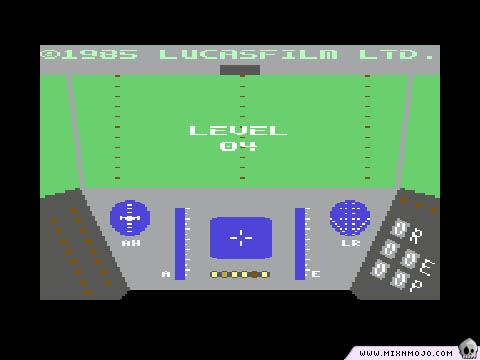
Well for one thing we actually finished them. At the time both of those games (which were originally designed for the Atari 800) were technically ground breaking products. Both games utilized real-time physics and dynamics previously unseen on personal computers. Loren Carpenter, one of the leading computer scientists in the development of fractal geometry (Loren was part of the computer division which later became Pixar) worked with David Fox on Rescue. The first job I had on the project was designing the alien 'Jaggi' that pops up and breaks your windshield. I did that and some title screen elements. On Ballblazer I did some design work on the rotofoil title sequence, but both of those games were pretty far along when I started.
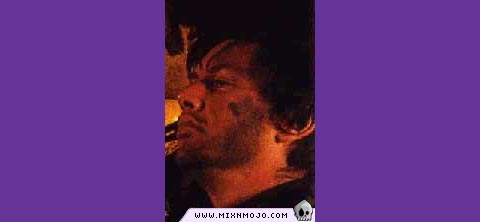
One unique aspect for the projects that I got involved in was the development of the manual. Atari decided to hire ILM to create movie quality images for the box covers and manual art. I created concept drawings of vehicles, costumes, props etc. The ILM model shop actually built the stuff, photographed it and composited in effect elements. The results were pretty impressive, I don't think all the final material made it into the published versions that ended up being released by Activision instead of Atari. There's an OLD photo of myself that I've seen on the web (I think there may be one on your site) it shows an unshaven profile of me with dirt on my face which was cropped out of a larger image from one of the photo shoots. They had the team made up as battle weary Rescue pilots. If you've seen the larger image it makes sense but just that section taken out of context is hard to understand.
Eventually, you leaped into being co-project leader, writer, and lead artist on the revolutionary adventure game, Maniac Mansion. Who came up with the original concept for this game and how did those ideas develop? Did you always dream of making a game about a slimy purple meteor?
Ron Gilbert had been working as a contractor on the C-64 port of Koronis Rift. We got to know one another and Ron had been talking about his experience playing adventure games. I think he showed me 'Bard's Tale' as well as some Sierra games 'Kings Quest' and 'Space Quest'. Ron was bugged by senseless puzzles that resulted in the death of your character. Stuff like picking up something shiny which turns out to be a sharp piece of metal that immediately cuts your hand and you bleed to death. You just learned by trial and error not to do that again which seemed pretty silly to us. Ron was very passionate about wanting to build a new type of graphic adventure. You could still die but you had to do something pretty extreme to end up that way. He also developed the original mix and match text interface to do away with frustrating parser driven interaction.
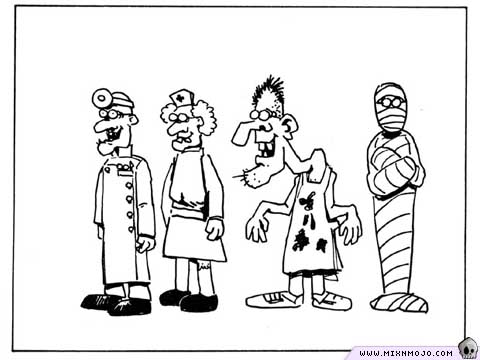
The idea to create the actual theme of Maniac Mansion itself fell out of a bunch of late night brainstorming sessions between us. A haunted house horror genre game was one of the areas we had been brainstorming. I remember we were joking about horror movies and how amazingly stupid the teenagers in them were. Basically these kids would show up at the driveway of an obviously way scary old house late at night, there could even be sign that read "Trespassers will be horribly mutilated" (we actually put that sign in the game) and they would still split up, go into the house and start looking for dark deserted rooms to have sex in. We continued to make up a series of jokes around the premise which eventually took on a life of its' own. Ron and I began writing character notes beginning with the House's family (I did the first drawing of the family, I've included). Edison being the last name of the family was actually coined by Cliff and Alana in the television animation group (after the game had already come out) while they were first pitching an animated series based on the game. This would later evolve into the live action series that aired on the family channel.
We were also just moving from the Kerner complex next to ILM out to Skywalker Ranch. Being around the main house provided a lot of inspiration for what the mansion would ultimately become. We determined we wanted a cast of mix and matchable player characters along with a variety of possible endings. Once we decided on the general structure, story, cast and setting I did a variety of character designs and drawings, Ron worked on technical issues and system implementation while we both worked on story and characters detail. We also started working on the puzzles, I remember we developed a 'board game' paper version to figure out the locations, room puzzle and event flow. we figured if we could play the thing on paper and it was entertaining we could translate that to the computer. We actually had a pretty thorough design by the time Ron started programming the game itself.
At a point prior to that, I can't remember exactly when, we made a presentation to Steve Arnold (the head of the division) and to the project leader group. We then showed the concept to EA, in those days we were a developer rather than a publisher, and had a publishing deal with EA. They didn't see the appeal of the project, so to his credit Steve decided to make the investment of developing the project on our own. Eventually Maniac was to become the first self published game we did under an initial distribution agreement with Activision. The project leader group was very supportive of the effort. Ron did most of the programming along with David Fox and Carl Mey (an independent contractor) I did the art and animation. The original music and audio was created by Chris Grigg and Dave Lawrence.
Maniac Mansion was considered extremely innovative for its day and the art was commended as being highly detailed and impressive. How difficult was it creating graphics for this game? What kinds of tools did you use to draw the art?
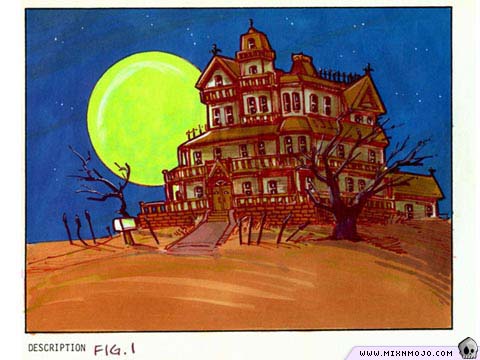
Since it was a character driven story game I had more of an opportunity to actually storyboard and create a range of concept art. Even though we did not have very high resolution or much of a palette the pre-production stage was still very useful. Of course as game graphics evolved we began to treat the pre-production process as much more cinematic. By today's standard this process can be almost as complex as the development of an animated feature.
Ron created a background editing tool called SCEDIT for creating the character based background graphics blocks for the commodore C-64. On the C-64 you were limited to a specific number of unique 4X8 pixel character blocks per screen. The coolest thing about Ron's program is that you could create the background in as many unique blocks as you wanted. I'd go 50 or 100 over my allocation then tell the program to crunch the number of unique characters down to the correct amount. The tool would automatically go through and compare and replace similar characters with the one most used. When it finished your picture needed some touch up, but it always got the number of unique characters way down. Ron wrote an animation editor he called BYLE. After this Ron started naming stuff after bodily fluids, other people in the division followed suit, I can't remember all the names.
Another trick I used to employ (I used it in the creation of the original title screen) was tracing a drawing I stuck to the screen. This was pretty much before scanners or other more direct means to input a paper drawing were readily available. I would trace a simplified version of my drawing onto a piece of clear plastic (acetate) then tape it directly to the front of my computer monitor. I would the 'trace' the image by looking at my screen and using whatever program available to plot the corresponding pixels on screen behind the plastic. This was tedious but usually gave me a much better result in getting the proportions I wanted than trying to draw directly on the computer. The other thing this allowed me to do was to simplify my design on the fly by making decisions to eliminate extraneous detail during the copying process.